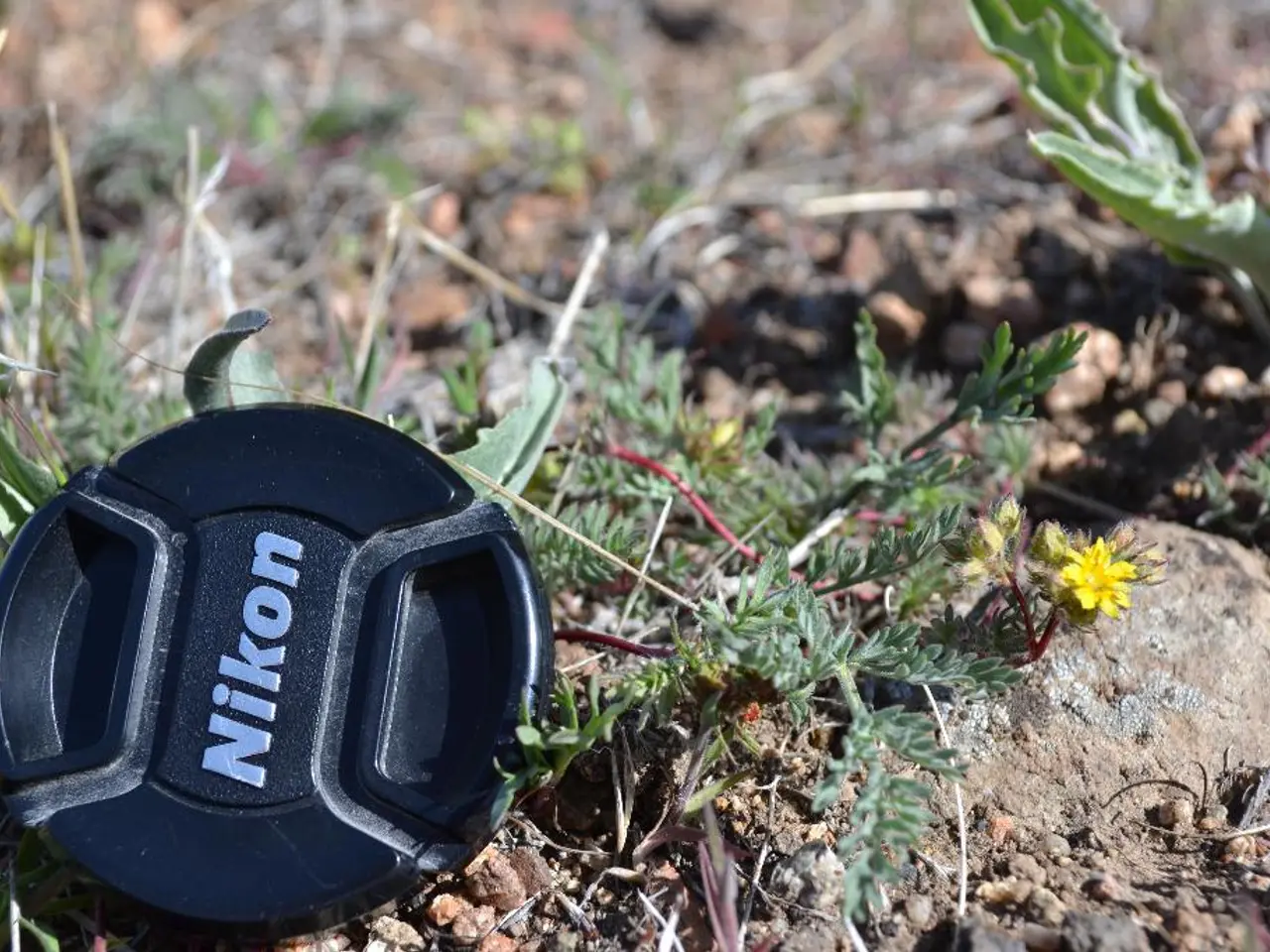Determining the ideal moment for lawn reseeding: Experts offer insights on picking the best circumstances for overseeing barren spots in your turf.
In the quest for a lush and vibrant lawn, one of the essential tasks is overseeding, or reseeding, to fill in bare or thinning patches and maintain a thick, healthy turf. The optimal months for overseeding a lawn are primarily in early fall, from late August through mid-October, especially for cool-season grasses such as fescue and Kentucky bluegrass.
This timing offers a balance of warm soil and cooler air temperatures, which promotes faster seed germination and reduces heat stress on new seedlings and the existing lawn. Here's why fall is the preferred choice for overseeding:
1. Warm soil temperatures persist from summer, aiding seed germination. 2. Cooling air temperatures reduce heat stress on young grass and existing lawn. 3. Reduced weed competition and fewer lawn diseases occur in fall, giving new grass less competition for sunlight, water, and nutrients. 4. Grass has around 10 weeks before the first frost to establish deep roots, helping it survive the heat and dryness of the upcoming summer. 5. Overseeding in fall helps fill in bare or thinning patches, crowds out weeds, and maintains a lush, thick lawn.
While fall is the ideal time for overseeding, spring can also be a suitable alternative, particularly in early April in northern regions. However, weed competition is higher compared to autumn, and grass may have less time to mature before summer heat. Summer overseeding is generally discouraged due to the challenging conditions created by heat, drought, and competition from established grass.
Guy Jenkins, Consumer Manager for Johnsons Lawn Seed, advises that the ground should be damp but not saturated when sowing grass seed. Rain is ideal for keeping new grass shoots damp, but if rain is not available, a fine spray should be applied in the evening to reduce water loss from evaporation.
In summary, early fall overseeding maximises seed germination, seedling survival, and lawn health because it leverages ideal soil and air temperature conditions and lower competition from weeds and diseases, leading to better long-term lawn density and appearance. It's essential to prepare the soil properly, use a high-quality seed, and maintain consistent moisture to ensure successful overseeding.
References: [1] The Spruce, (2021), When to Overseed Your Lawn, https://www.thespruce.com/when-to-overseed-your-lawn-2132724 [2] Gardening Know How, (2021), When to Overseed Your Lawn, https://www.gardeningknowhow.com/lawn-care/lawn-types/when-to-overseed-your-lawn.htm [3] Bob Vila, (2021), When to Overseed Your Lawn, https://www.bobvila.com/articles/when-to-overseed-your-lawn/ [4] Gardening Channel, (2021), When to Overseed Your Lawn, https://www.gardeningchannel.com/lawn-care/overseeding-grass/10363.html
- To ensure a successful overseeding, follow Guy Jenkins' advice and sow grass seeds when the soil is damp but not saturated, either after rain or by applying a fine spray in the evening to minimize evaporation.
- For those living in northern regions, another suitable time for overseeding can be early spring, though it's important to remember that weed competition may be higher compared to autumn, giving the new grass less time to mature before summer heat.
- As you plan your home-and-garden projects, include guided gardening practices in your lifestyle, such as proper timing for overseeding and maintaining a lush, thick lawn through the use of high-quality seed for a healthy and vibrant home landscape.





